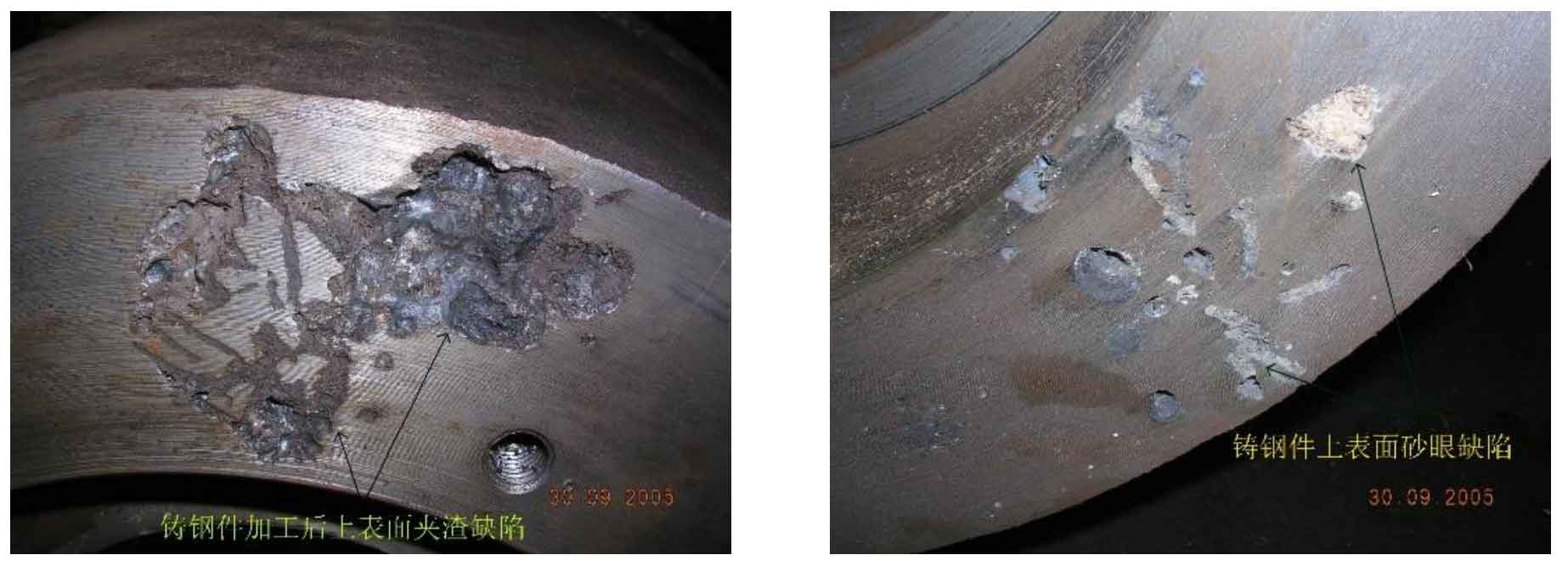Fig. 1 slag inclusion defect on the upper surface of medium and large steel castings after processing, which is visually characterized by low melting point oxide inclusions and glassy silicate inclusions. The main causes are that during the pouring process of bottom casting ladle, the non-metallic inclusions in the molten steel in the ladle did not float up in time, or the secondary inclusions caused by the involvement of the pouring system entered the mold, and the inclusions floated up to the upper surface of medium and large steel castings during the solidification process of medium and large steel castings.

2 sand hole defects on the upper surface of steel castings
In Figure 2, the sand hole defect on the upper surface of large steel castings is visually characterized by the presence of small mass of unmelted sand in the defect. The main causes are that the mold cavity is not cleaned, the molding sand is brought into the gating system, or the mold compactness is uneven, and the molten steel washes the mold cavity during the pouring process.
